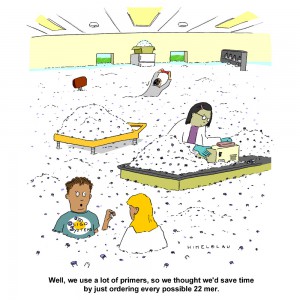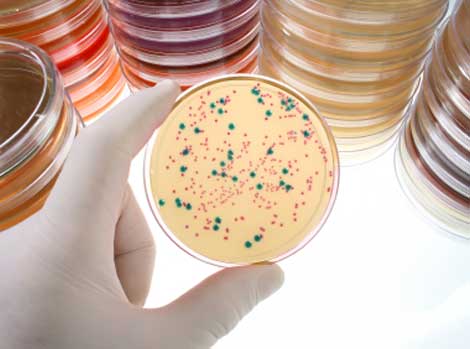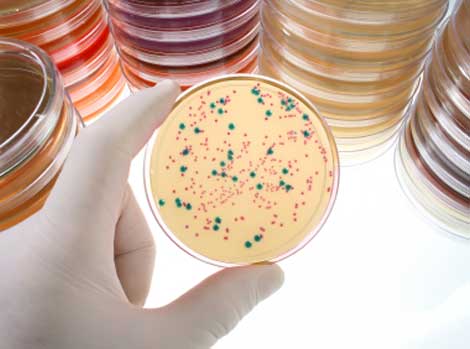 The first time I performed PCR was in 1992. I was finishing my Bachelors in Genetics and had an independent study project in a population genetics laboratory. My task was to try using a new technique, RAPD PCR, to distinguish clonal populations of the sea anemone, Metridium senile. These creatures can reproduce both sexually and asexually, which can make population genetics studies challenging. My professor was looking for a relatively simple method to identify individuals who were genetically identical (i.e., potential clones).
The first time I performed PCR was in 1992. I was finishing my Bachelors in Genetics and had an independent study project in a population genetics laboratory. My task was to try using a new technique, RAPD PCR, to distinguish clonal populations of the sea anemone, Metridium senile. These creatures can reproduce both sexually and asexually, which can make population genetics studies challenging. My professor was looking for a relatively simple method to identify individuals who were genetically identical (i.e., potential clones).
PCR was still in its infancy. No one in my lab had ever tried it before, and the department had one thermal cycler, which was located in a building across the street. We had a paper describing RAPD PCR for population work, so we ordered primers and Taq DNA polymerase and set about grinding up bits of frozen sea anemone to isolate the DNA. [The grinding process had to be done using a mortar and pestle seated in a bath of liquid nitrogen because the tissue had to remain frozen. If it thawed it became a disgusting mass of goo that was useless—but that is a topic for a different blog.] Since I had never done any of the procedures before, my professor and I assembled the first set of reactions together. When we ran our results on a gel, we had all sorts of bands—just what he was hoping to see. Unfortunately, we realized that we had added 10X more Taq DNA polymerase than we should have used. I repeated the amplification with the correct amount of Taq polymerase, and I saw nothing. Continue reading “Optimizing PCR: One Scientist’s Not So Fond Memories”







 Whether your first encounter was peering through the thick glass of an aquarium tank or peeking through your fingers in a darkened theater, there is something about sharks that captures our imagination. These fierce, and sometimes fearsome, creatures have existed in our oceans for over 400 million years, and survived multiple mass extinction events, including the one that killed the dinosaurs. They are not, however, the vicious, vengeful villain that some movies would have us believe. Sharks are apex predators, who play an important role in the world’s ocean ecosystem by regulating the population of prey species below them. Unfortunately, they are also part of one of the most threatened group of marine fish in the world. Of the more than 400 species of sharks that exist in our oceans today, approximately 15% are considered vulnerable, endangered or critically endangered.
Whether your first encounter was peering through the thick glass of an aquarium tank or peeking through your fingers in a darkened theater, there is something about sharks that captures our imagination. These fierce, and sometimes fearsome, creatures have existed in our oceans for over 400 million years, and survived multiple mass extinction events, including the one that killed the dinosaurs. They are not, however, the vicious, vengeful villain that some movies would have us believe. Sharks are apex predators, who play an important role in the world’s ocean ecosystem by regulating the population of prey species below them. Unfortunately, they are also part of one of the most threatened group of marine fish in the world. Of the more than 400 species of sharks that exist in our oceans today, approximately 15% are considered vulnerable, endangered or critically endangered.  We can learn a lot about the past and its people from the written records of the time. What people write and how they write it can gives us glimpses into historical events, interpersonal relationships, social standing and even social and cultural norms. From paper to papyrus to clay tablets, the surface that holds the writing can tell us things that the words cannot.
We can learn a lot about the past and its people from the written records of the time. What people write and how they write it can gives us glimpses into historical events, interpersonal relationships, social standing and even social and cultural norms. From paper to papyrus to clay tablets, the surface that holds the writing can tell us things that the words cannot.